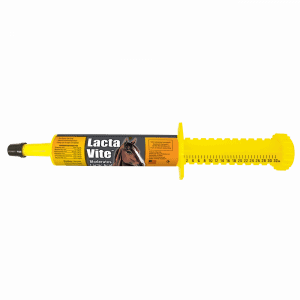Increased flexibility can cater to many aspects of your horse’s life. Whether improving its training performance or refining its overall health, understanding the various techniques and practices that can enhance flexibility will do your horse wonders in the long run. But it takes more than maintaining a healthy diet and staying physically active to increase the flexibility of a horse. For trainers who are interested in ensuring that their animal has optimal flexibility, here a few exercises and horse supplements that promote more vigorous overall range of motion:Simple warm-up routines While performance is often dictated by the types of exercise and practice you implement during training, there are precautionary methods to use before beginning your training routine. Sometimes all it takes to help loosen up muscles and comfort joints before a rigorous exercise session is completing a brisk warm-up procedure. It really doesn’t have to be much, whether it’s taking a 10-minute walk while alternating the horse’s pace or making your horse trot out in a few circular motions, which can help shake off any stiffness the animal may be going through.
Lower leg stretches
Because flexibility has a direct impact upon muscle function, manually loosening your horse up with leg stretches can be a valuable practice to implement before or after every training session. It doesn’t take much to assist your horse with simple and effective front leg stretches. For starters, begin by picking up either your horse’s right or left front leg, similarly to how you would pick out its hoof. Gently holding the leg a few feet in front of the other one and maintaining that position is an easy way to subtly increase flexibility. Switch legs, holding those poses for at least 10 to 15 seconds. Another front leg stretching exercise is slowly lifting a horse’s carpus, or knee, while letting the lower leg dangle freely. Switch legs, and make sure you’re not raising the carpus too high, which may cause stress upon the joints. These same stretches can essentially be implemented with the hind legs, and the more you practice these exercises with your horse, the more accustomed it will become to these tactics evolving into a daily routine.
Neck stretches
An overlooked area of a horse’s body to increase flexibility in is its neck. Because of how often we use reins to direct our horse while riding, ensuring that its neck has a wide range of motion will only work to enhance the riding experience for both parties involved. One of the more common tactics to stretch out both a horse’s neck and back is the carrot exercise. Take out a carrot and begin by moving the treat back and forth between each elbow of the horse, making sure the animal isn’t taking steps to bite at it. Don’t move the carrot back and forth too fast, and try to hold the carrot near each elbow for at least five to 10 seconds. If you notice your horse cannot contain itself from stepping to reach the carrot, it may be because its neck is too stiff.
Movement exercises
Another strategy you can implement during a horse’s training are particular movement exercises that are designed to help strengthen and stretch muscles. Two types of lateral exercises that may do wonders for increasing flexibility in your horse’s legs are shoulder fore and shoulder in stretches. These practices can be performed during a slow walk or trot and are meant to stretch out the inside portions of the front and hind legs, which help dictate transition ability for the horse. Always be careful not to overdo lateral movements with your horse during training, as it may cause too much stress on the lower body.
Healthy supplements
In addition to all of these exercises, adding healthy supplements into a horse’s everyday diet is a simple way to encourage muscle recovery. Lacta-Vite™ is a horse supplement that works to moderate lactic acid, which, in turn, can promote healthier flexibility and function within a horse’s muscles. Lacta Vite™ comes in an oral syringe, allowing for easier access into the horse’s digestive system.









